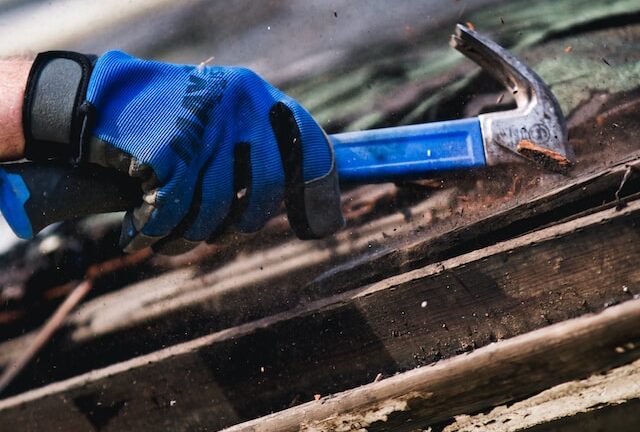Roofing material is integral to your home’s aesthetic while keeping it safe from weather conditions. It also improves the energy efficiency of your home.
The materials you choose should fit your budget and be durable enough to last many years. Your local climate and building codes also play a role in your selection.
Asphalt Shingles
Asphalt shingles are the most popular type of residential roofing, providing superior protection for your home and enhancing your curb appeal. They are available in various colors and styles and are easy to maintain.
Shingles are made of a paper or fiberglass mat impregnated with asphalt and coated with mineral granules. They are available in traditional 3-tab or thicker laminated “architectural” shingles that add more interest to the roof surface.
They also come in several varieties that vary in impact resistance, fire & wind resistance and solar reflectivity. The type of shingle you choose depends on the style and function of your roof and the climate where it will be installed. Hiring professional roofers like those from Peak to Peak Roofing and Exteriors will guarantee proper installation.
The protective nature of asphalt shingles comes from long-chain petroleum hydrocarbons impregnated with paper or fibers. These oils soften in the hot sun and gradually wash out when rain falls. This is especially true along eaves and complex rooflines, where more water is channeled.
Wood Shakes and Shingles
Whether you’re looking for a traditional wood look or a unique aesthetic, there are a variety of residential roofing materials to choose from. Choosing the right one for your home depends on several factors, including the design of your roof and the local climate.
First, you’ll need to know your house’s pitch and slope. This will determine what kind of shingles are best for your home, as they’ll have to fit snugly into your roof’s structure.
The other consideration is how much weight your roof can support. Most roofs are designed to hold a certain amount of weight, called their “dead load” tolerance.
Wood shingles and shakes are made from different types of wood, such as red cedar, pine, and cypress. Generally speaking, they are treated to resist water damage and rot. However, they are less durable and long-lasting than asphalt shingles and can pose fire risks if you maintain them properly.
Concrete Roof Tiles
Residential roofing materials are a critical part of protecting your home and family. However, choosing a suitable material can be a challenging task.
A good roof should protect you from rain, wind and hail without compromising your home’s appearance. It should also be durable enough to withstand the elements for decades.
Concrete tiles are famous for many homeowners because they come in various colors and profiles. They’re a great alternative to traditional clay, slate and wood shake roofs.
They’re also available in lightweight options for re-roofing applications where the roof structure is not strong enough to support standard-weight concrete tiles.
Like other roof materials, concrete tiles need regular maintenance. They should be cleaned at least once a year to remove mold, mildew or other debris that can disrupt water flow and cause damage.
Clay Tiles
Clay tiles are famous for residential roofing from Peak to Peak Roofing and Exteriors because they offer long-term protection and aesthetic appeal. They also require minimal upkeep and are resistant to rot, decay and insects.
These durable, eco-friendly roof tiles are also fireproof and can last a century with proper installation and maintenance. They are also beautiful to buyers and will help increase your home’s value.
A great thing about a clay tile roof is that it’s incredibly weather-resistant and can handle extreme hot and cold climates and strong winds. Its insulating properties also keep your home cool in the summer and warm in the winter.
These durable tiles come in a wide range of colors and styles. They can be glazed for added color and durability or unglazed for a natural look.




